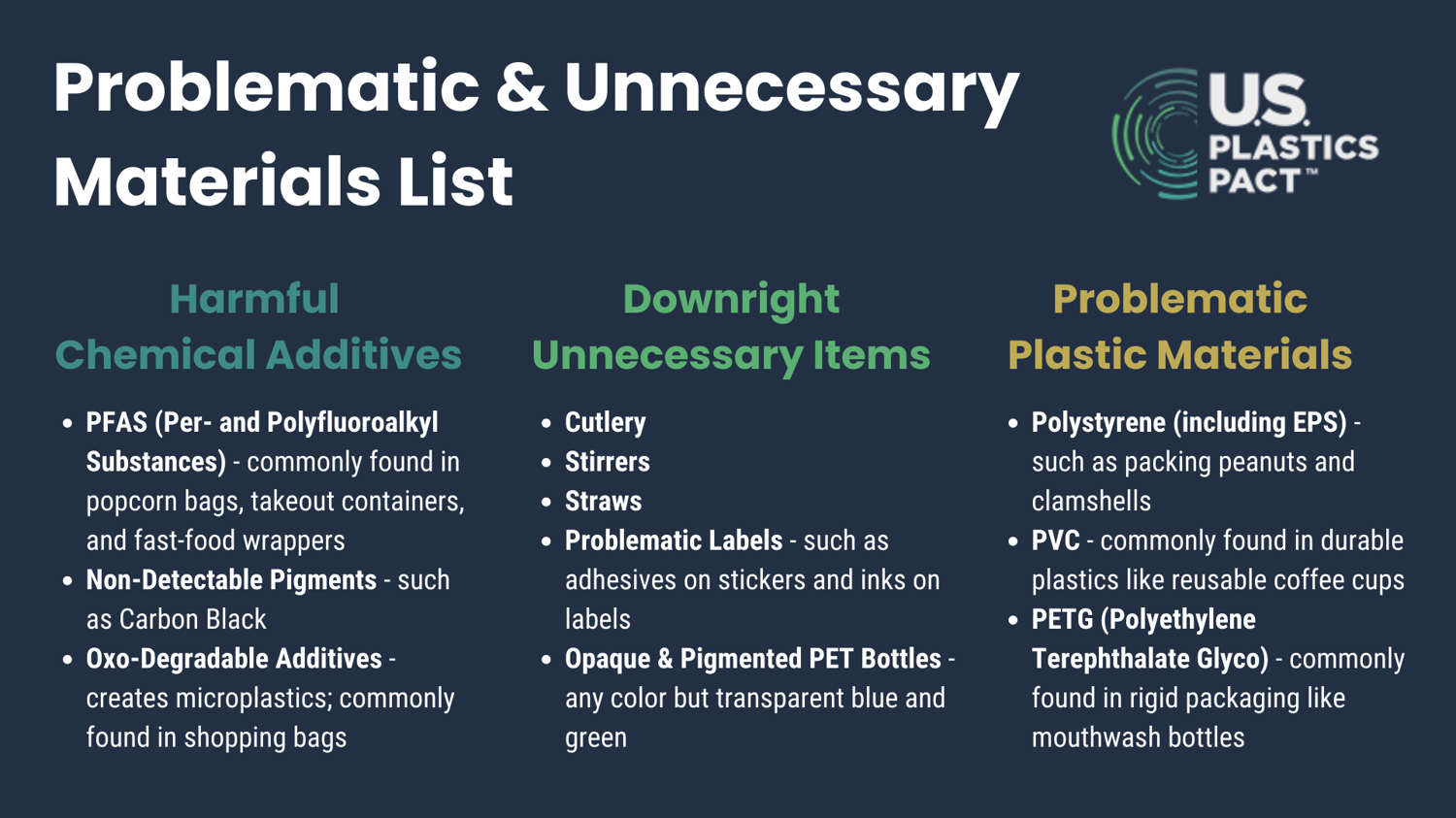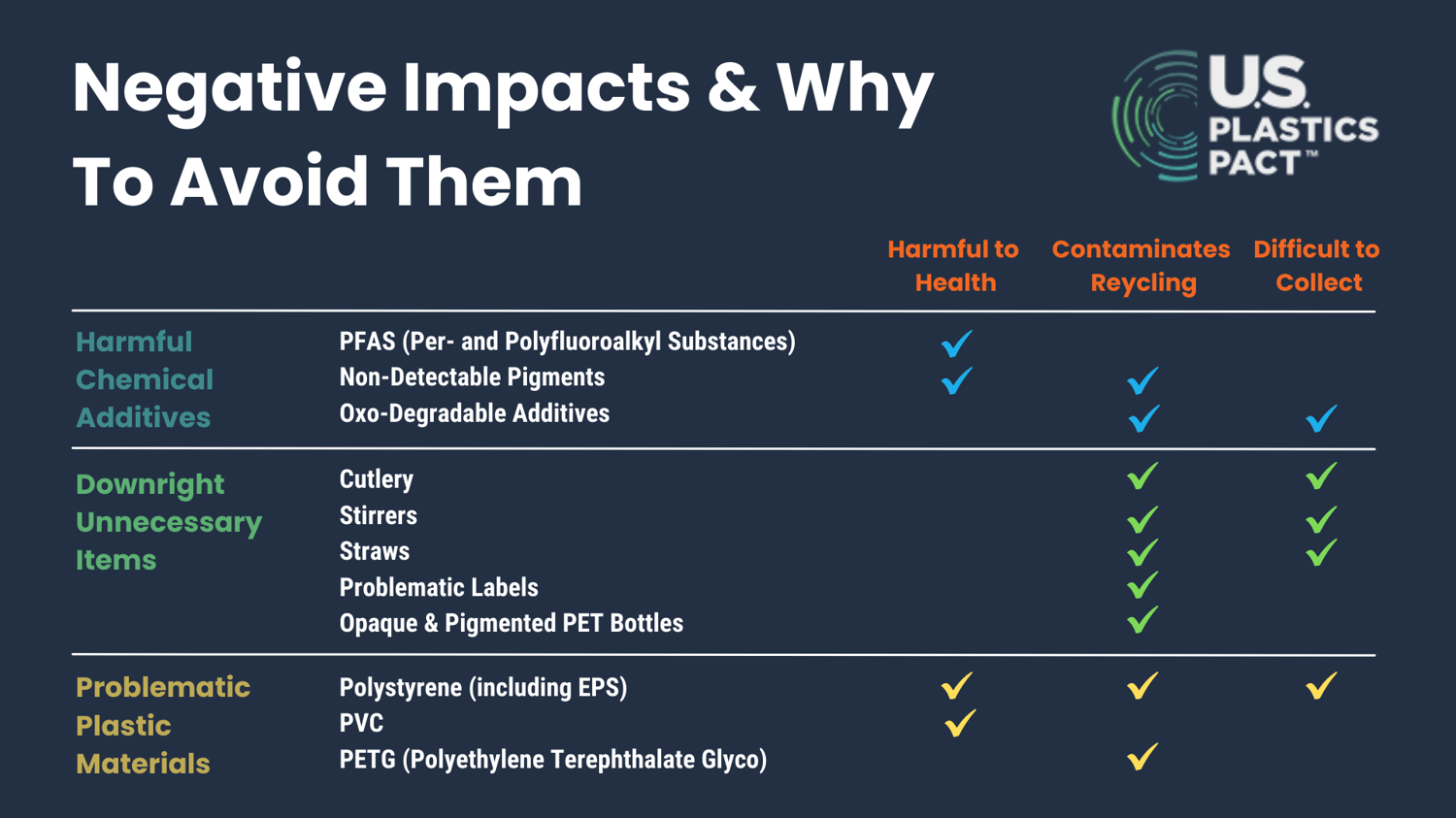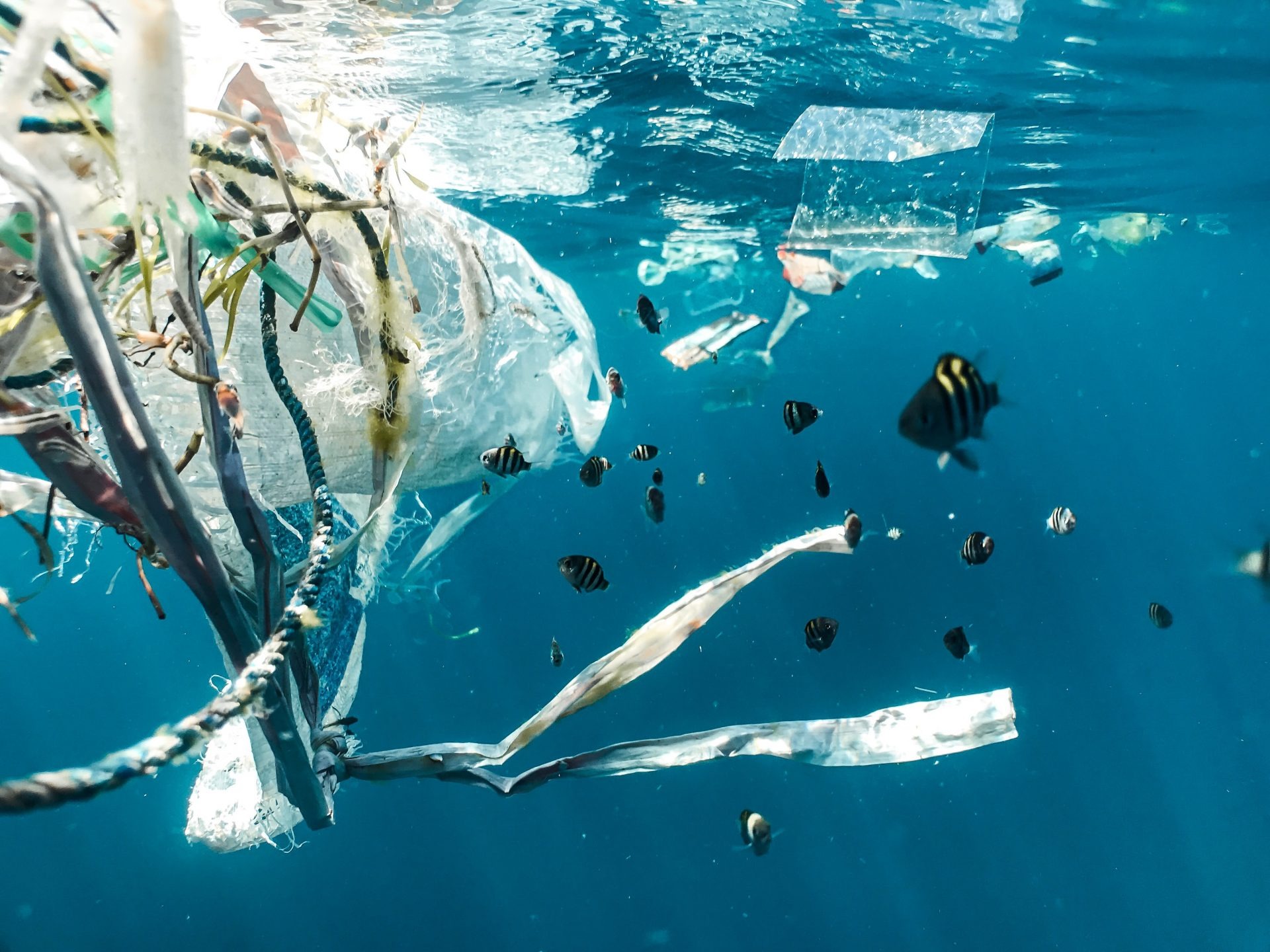Plastic is becoming a hot button issue in the business community. Fueled by growing concern over plastic’s detrimental environmental and social impacts, businesses are searching for ways to reduce their footprint.
Momentum is building on the regulatory front, too. Just last week, the U.N. adopted an historic resolution to curb the world’s growing plastic problem. Backed by 175 countries, an intergovernmental committee will develop a legally binding treaty by the end of 2024. This mandate will tackle all phases of the plastic life cycle, including the thorny issue of plastic production.
However, there’s a powerful vested interest in maintaining the status quo. Despite the fact that 75% of citizens worldwide want to ban single-use plastics, special interest groups have created a lot of smoke and mirror solutions to reframe the narrative.
As a business, how do you cut through the noise? Below, we explain what businesses can do to drive transformational change that supports a circular economy and addresses the problem at the source.
Why Plastic Needs to be Addressed from the Supply Side
Led by the American Chemistry Council (ACC), a group of U.S. oil and chemical firms, there is an active push to shift the conversation away from preventative measures like reducing plastic production itself and towards reactive, end-of-pipe solutions like waste collection and recycling. Here’s why these so-called solutions aren’t what the ACC chalks them up to be:
- Our current recycling infrastructure is not equipped to handle the amount of plastic we use, not to mention the amount we’ll use in the future if production keeps ramping up. This is especially true in rural or low-income areas, which often have little to no waste collection infrastructure.
- Only a fraction of plastic makes its way into the recycling system. According to a new report from the Department of Energy, just 5% of plastic is recycled in the US, with the rest incinerated, dumped in landfills, or polluted into the environment.
- Most plastic and packaging materials aren’t designed to be recycled, despite claims that suggest otherwise.
- And most importantly, recycling relies on a steady stream of more virgin plastic being produced.
Ideally, the recycling system would collect everything. The reality is that it doesn’t, and it can’t. To get to the heart of the issue, we need to create less virgin plastic altogether.
Yet the plastics industry is ramping up production. Oil and chemical companies are expected to double their plastic output within two decades, and if demand continues at projected rates, emissions from plastic production could eclipse the carbon contributions of coal by 2030.
Businesses have a key role to play in helping us move away from, not perpetuate, the existing system. This requires a supply side approach – reducing or eliminating your demand for virgin plastic altogether.
Where Businesses Can Reduce Plastic Use
It’s unrealistic to assume that companies can turn off their plastic production taps overnight. That said, businesses do need to make major design changes in how plastic is used, especially in packaging. Luckily, there is plenty of guidance out there on which materials are most harmful, and which deserve your immediate attention.
One of the best resources is the U.S. Plastics Pact’s Problematic and Unnecessary Materials List. Developed by more than 100 organizations across the plastics packaging value chain, this list spells out 11 common plastic packaging materials that are not reusable, recyclable, or compostable at scale and could easily be replaced. We’ve split them into three categories in the images below:


These guidelines from the U.S. Plastics Pact are clear, science-based, and credible. Using them as a foundation for your plastic reduction and redesign efforts will not only allow you to create high-impact initiatives but will also accelerate industry-wide progress towards a circular economy.
How to Get Started
Now that you have ideas on which materials to target for reduction, what steps can you take to get started?
1) Engage Your Suppliers
To start making changes to your plastic packaging design, you first need to make sure you understand exactly what materials are in the packaging you purchase from your suppliers. This means you’ll need to engage your suppliers and work with them on any redesigns or new material requests. In other words, make sure your suppliers are a part of your plastic reduction journey.
For instance, last year, ecommerce firm Flipkart eliminated all single-use packaging in its products. To achieve this goal, Flipkart engaged the 70 supplier facilities in its supply chain to use materials like carton waste shreds and recycled paper instead.
2) Redesign Packaging for Better Recyclability
If you can’t avoid the use of certain plastics in your packaging, be sure to follow these two best practices:
- Use single-piece packaging and avoid small formats. A lot of packaging today is made up of multiple, small components that are difficult to collect and hard to separate (such as ketchup packets, hygiene products, and pull tabs).
- Use only one material. Packaging with multiple materials like laminates are hard to separate and therefore destined for the landfill (Tetra Paks, plastic windows on pasta boxes, foil coatings, and flexible pouches are common culprits).
3) Increase Post-Consumer Recycled Content (PCR)
Another achievable, high-impact strategy is to increase the amount of post-consumer recycled content (PCR) in your products. In addition to reducing your demand for virgin plastic, recycled plastics like PET and HDPE are around 70% less carbon intensive to produce than their virgin equivalents.
However, be sure the product or packaging itself is still recyclable. For example, even if you use PCR to make poker chips or sandwich baggies, this is only a partial solution. Neither of those products are recyclable at the end of their lives.
Seventh Generation is an industry leader in the use of PCR and a great example to follow. The company has achieved 94% use of PCR across all its packaging, and 100% in products like laundry detergent and dish liquid. Not only this, but a majority of the packaging containers themselves are recyclable.
Where Are We Headed?
Businesses, regulators, and consumers are increasingly recognizing the importance of the circular economy in building a more sustainable future. As it stands, plastic is one of the greatest hurdles we need to overcome to make the circular economy a reality.
Remember, we cannot simply recycle or even reuse our way out of the plastic pollution crisis. We hope the newly minted U.N. negotiating committee tackles plastic production head on as it works towards a legally binding treaty. Until then, it’s up to the business community to lead the charge in designing out plastic pollution at the source.



